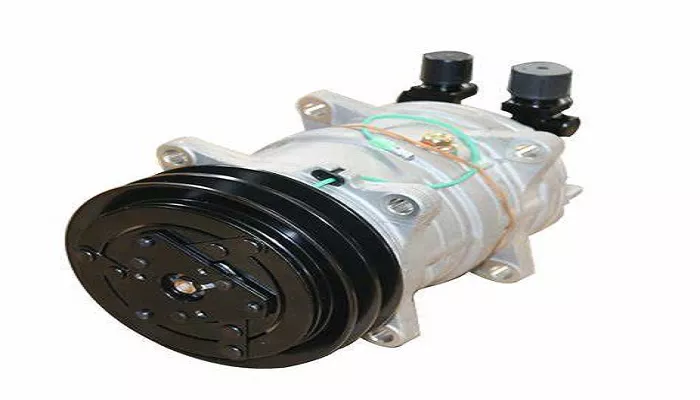The compressor is the heart of a residential air conditioning (AC) system, responsible for circulating refrigerant and maintaining proper pressure levels for heat exchange. Understanding what initiates the compressor’s operation is crucial for HVAC professionals, technicians, and even homeowners who want to grasp how their cooling systems function.
Overview of the Air Conditioning Compressor
Types of Compressors
Reciprocating (Piston-Type): Uses pistons to compress refrigerant.
Scroll: Employs spiral-shaped components for smooth compression.
Rotary: Uses rotating blades for refrigerant compression.
Inverter-Driven: Adjusts speed for variable cooling demands.
Regardless of type, all compressors require a starting mechanism to initiate operation.
The Step-by-Step Compressor Starting Process
Thermostat Sends a Cooling Demand Signal
- The homeowner sets the desired temperature.
- If the room temperature exceeds the set point, the thermostat sends a 24V signal to the contactor.
Contactor Engages
- The 24V signal energizes the contactor coil.
- The contactor’s high-voltage contacts close, supplying power to the compressor and fan motor.
Capacitors Assist Startup
- The start capacitor provides an initial jolt of power to overcome inertia.
- The run capacitor helps maintain efficient operation.
Relay Disengages Start Capacitor
- Once the compressor reaches ~75% speed, the potential relay cuts off the start capacitor.
- The compressor continues running on the run capacitor.
Overload Protector Monitors Operation
- If the compressor overheats or draws too much current, the overload protector interrupts power.
- Once cooled, it may automatically reset (in some models).
Control Board Manages Advanced Functions (If Applicable)
- Inverter-driven or smart systems, the control board adjusts compressor speed based on cooling demand.
- It may also enforce delays between shutdown and restart to protect the compressor.
Common Issues That Prevent Compressor Startup
Faulty Capacitors
Symptoms
- Humming noise but no startup.
- Compressor attempts to start but trips the breaker.
Solution
Test and replace if capacitance is below rated value.
Defective Contactor
Symptoms
- No voltage at the compressor terminals.
- Burnt or pitted contactor contacts.
Solution
Replace the contactor.
Bad Thermostat or Wiring Issues
Symptoms
- No 24V signal reaching the contactor.
- AC not responding to thermostat settings.
Solution
Check thermostat wiring and replace if faulty.
Overload Protector Tripping
Symptoms
- Compressor starts briefly then shuts off.
- Overheating due to low refrigerant or electrical issues.
Solution
Identify root cause (e.g., refrigerant leak, bad motor windings).
Failed Start Relay
Symptoms
- Compressor doesn’t start, but fan runs.
- Clicking sound near the relay.
Solution
Replace the relay.
Conclusion
The compressor in a residential air conditioner starts through a coordinated sequence of electrical and mechanical interactions. Key components—such as the thermostat, contactor, capacitors, relays, and overload protector—work together to ensure smooth and safe operation.
Understanding this process helps HVAC professionals diagnose issues efficiently and ensures homeowners recognize signs of potential failures. Regular maintenance, including capacitor checks, contactor inspections, and thermostat calibrations, can prolong compressor life and optimize cooling performance.

